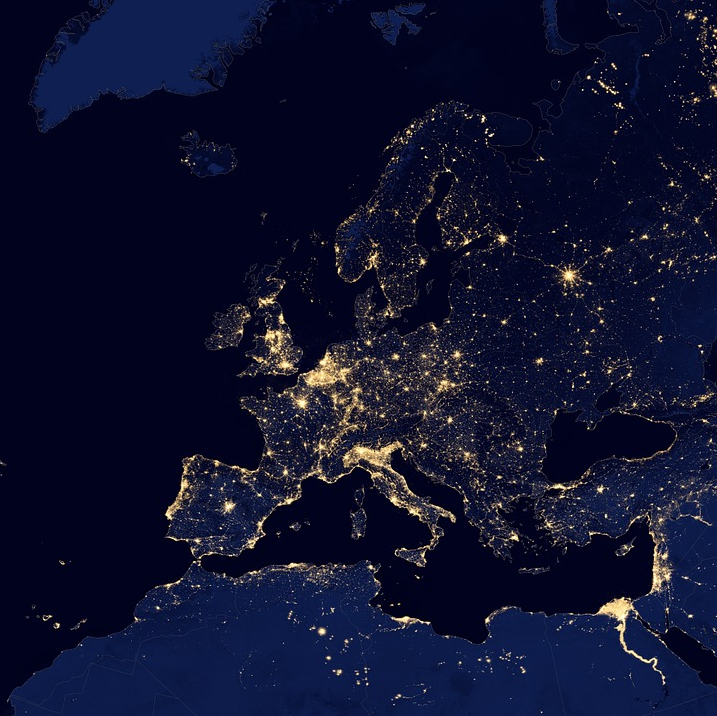
Expectations for the European economy in 2023
The European economy had barely managed to recover from the negative effects of the corona virus pandemic, before facing another huge challenge in 2022. The war in Ukraine, and its consequences for both the European and the global economy was of course the by far most important topic during the year, and even though Europe came through the first part of the year relatively undisturbed, worse times appear to be coming. In its latest economic forecast from last autumn, the European Commission emphasized that the economy is facing challenging times following a strong first half of 2022.
January 2, 2023
Europe entered 2022 on a high note following an optimistic end to 2021, and therefore the first half of the year was relatively strong despite the outbreak of war in Ukraine in February. High energy prices, lower purchasing power, as well as weakening financing conditions were however, according to the Commission, expected to push both the EU as a whole as well as the Eurozone and many of the union’s member states into a recession during the last part of 2022 and early 2023.
The strong start to the year does however mean, that the Commission in its forecasts from late 2022 still expected an overall GDP growth of 3.3 % in Europe in 2022 as a whole, with the level expected at 3.2 % in the Eurozone. This is somewhat lower than the expectation had been before when 2022 started, where the Commission had expected a growth of 4.3 % both in the EU and in the Eurozone. Meanwhile, unemployment decreased further during the year, reaching a record low of 6 % in September.
Minimal growth expected in 2023
As mentioned above, the Commission expects the recession in the European economy to continue during the first quarter of 2023, as inflation continues to weigh heavily across the continent. As inflation is expected to ease later in the year, growth will likely return, and the Commission expects an annual growth for the EU as well as for the Eurozone of 0.3 % for the year as a whole. Looking further ahead, the Commission estimates growth to increase in 2024, where the level will reach 1.6 % in the EU and 1.5 % in the Eurozone.
In its autumn forecasts, the Commission projected inflation to decline steadily during 2023, but to remain at 7 % in the EU before falling to 3 % in 2024. Meanwhile, unemployment is also set to increase following the record lows of 2022, with the level reaching 6.5 % in 2023 according to the latest projections.
Given the enormous increases in energy costs, both the EU as a whole as well as member states have proposed energy-saving initiatives and the markets have also noticed that energy consumption in Europe is decreasing. In Germany, demand has decreased to the same level as during the corona virus lockdowns in 2020 and 2021, and in the Nordic area people are also more careful about their consumption.
According to the energy analysis agency Volue, Nordic consumption fell from 404 TWh in 2021 to 382 TWh in 2022, a decline of 5.5 % year on year. Given that the behavior of consumers will likely depend a lot on what happens to the price levels, this year will be difficult in terms of projecting a development in energy consumption, although the sharp slowdown in the European economy could indicate that energy consumption will decrease further.
Read more stories in the Annual report 2022.
